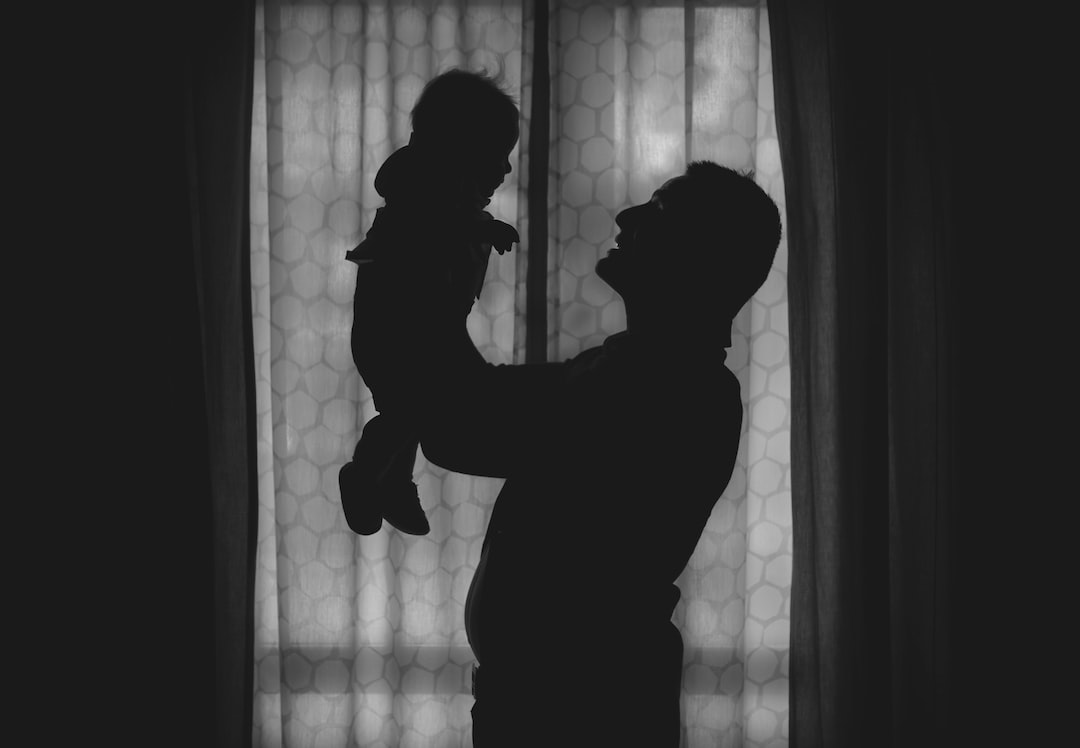
Breaking the Silence: Shedding Light on Child Abuse and the Vital Importance of Reporting
Share0Child abuse is an issue that often hides in the shadows, yet its detrimental impact on children is profound and long-lasting. The significance of shedding light on this sensitive topic cannot be underestimated, as it brings awareness to the urgent need for child protection and reporting.
Child abuse comes in various forms, including physical, emotional, sexual, and neglect. Unfortunately, statistics reveal the alarming frequency of such incidents worldwide. According to UNICEF, approximately 1 in 4 children experience physical abuse, and 1 in 5 girls and 1 in 13 boys are victims of sexual abuse. Furthermore, countless cases go unreported, making it crucial for individuals to break the silence and report suspected child abuse.
The concept of child protection encompasses a range of strategies and interventions aimed at preventing, responding to, and supporting victims of abuse. It is a collective effort, involving parents, communities, and professionals working in sectors such as education, healthcare, and law enforcement. To effectively protect children, it is crucial to foster a culture that encourages reporting and prioritizes the welfare of children above all else.
Reporting suspected child abuse is an ethical and moral obligation. By speaking up and sharing concerns, individuals contribute to dismantling the silence that allows perpetrators to continue their harmful actions. Reporting plays a fundamental role in safeguarding children, ensuring their safety, and holding abusers accountable for their actions. Moreover, reporting can help identify patterns of abuse, protect other potential victims, and ultimately break the cycle of abuse.
However, the act of reporting child abuse can be challenging and emotionally overwhelming for individuals. Fear of negative consequences or disbelief of one’s observations may deter reporting. Therefore, it is essential to provide support systems that alleviate concerns and encourage the reporting process. Training programs, public awareness campaigns, and accessible reporting channels are effective strategies to promote child protection and ensure more reports are made.
In addition to reporting, prevention is a key aspect of child protection. Education and awareness play a pivotal role in preventing child abuse before it occurs. By educating parents, caregivers, and communities on the signs of abuse, identifying risk factors, and promoting positive parenting strategies, we equip individuals with the necessary tools to prevent abuse and provide safe environments for children.
Child protection is a shared responsibility. Governments, organizations, communities, and individuals must prioritize the well-being of children by creating and implementing effective child protection policies, establishing safe spaces, and promoting open discussions on child abuse. By integrating child protection into our collective conscience, we can work towards breaking the silence and ensuring a safe future for children.
To conclude, child abuse thrives in silence and secrecy. Shedding light on this crucial issue is of utmost importance to safeguard children’s well-being and promote child protection. Reporting suspected child abuse is a vital step towards breaking the cycle of abuse, protecting victims, and holding perpetrators accountable. By fostering a culture of reporting, providing support systems, and prioritizing prevention, we can create a society where every child is safe and protected.
